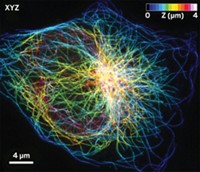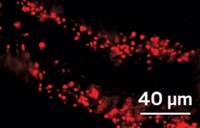Advertisement
Grab your lab coat. Let's get started
Welcome!
Welcome!
Create an account below to get 6 C&EN articles per month, receive newsletters and more - all free.
It seems this is your first time logging in online. Please enter the following information to continue.
As an ACS member you automatically get access to this site. All we need is few more details to create your reading experience.
Not you? Sign in with a different account.
Not you? Sign in with a different account.
ERROR 1
ERROR 1
ERROR 2
ERROR 2
ERROR 2
ERROR 2
ERROR 2
Password and Confirm password must match.
If you have an ACS member number, please enter it here so we can link this account to your membership. (optional)
ERROR 2
ACS values your privacy. By submitting your information, you are gaining access to C&EN and subscribing to our weekly newsletter. We use the information you provide to make your reading experience better, and we will never sell your data to third party members.
Analytical Chemistry
Superresolution Sharpens Images In Live Organisms
by Celia Henry Arnaud
July 4, 2011
| A version of this story appeared in
Volume 89, Issue 27
Nanoscale microscopy imaging techniques can now give researchers pictures from inside living multicellular organisms, expanding on previous work using superresolution methods to image cells in culture conditions. of the Max Planck Institute for Biophysical Chemistry, in Göttingen, Germany, and coworkers used stimulated emission depletion (STED) microscopy to image the distribution of proteins labeled with green fluorescent protein inside the roundworm Caenorhabditis elegans (Biophys. J.,10.1016/j.bpj.2011.05.020). In STED microscopy, one laser beam excites fluorescence from a label and another one turns fluorescence off everywhere except in a precisely defined nanometer-scale spot. With the technique, Hell and coworkers obtained 20- × 20-μm images of a pair of C. elegans serotonergic neurons. The axons of these neurons have clusters of tiny branches off the main axon branch called axon arbors. By taking stacks of images, the researchers reconstructed the 3-D morphology of the neurons. The STED images revealed a lack of connectivity between adjacent arbors and other morphological features that couldn’t be seen with conventional confocal microscopy.





Join the conversation
Contact the reporter
Submit a Letter to the Editor for publication
Engage with us on Twitter